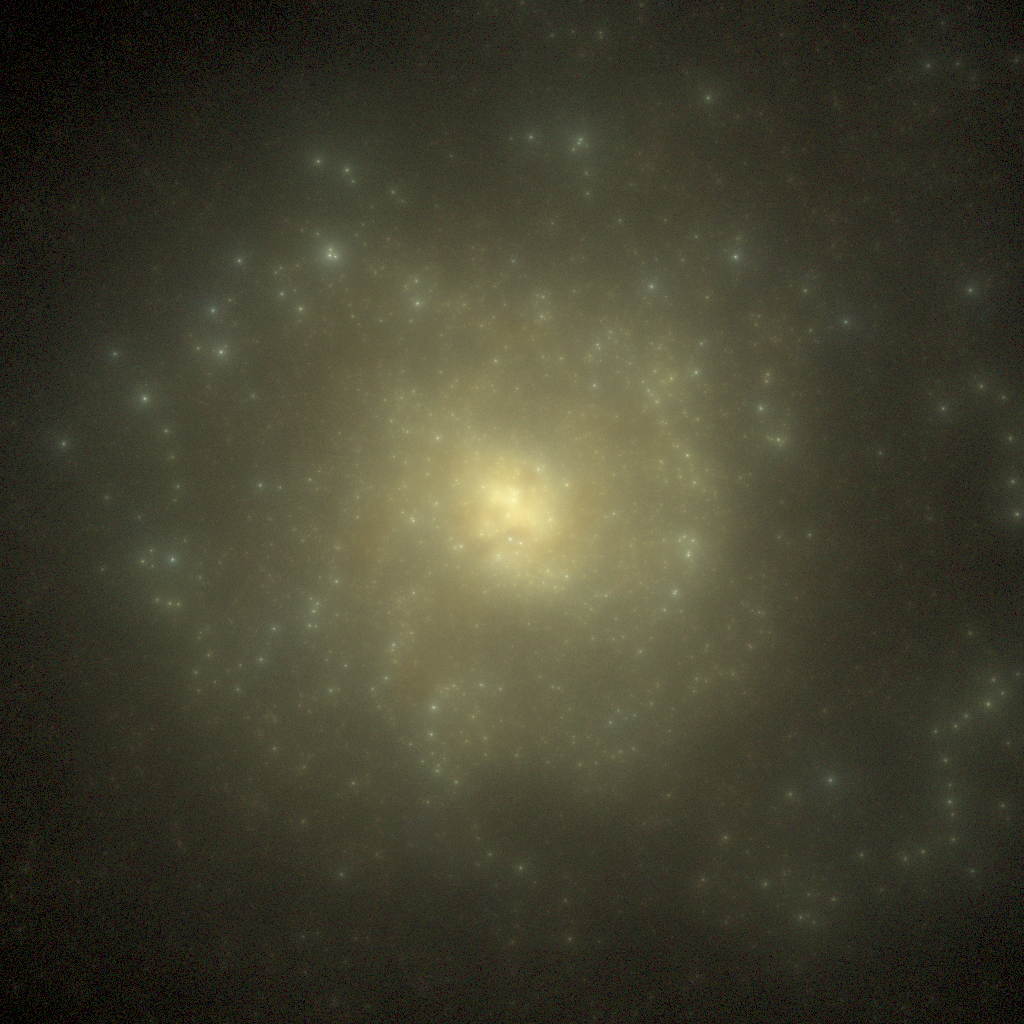
2023 SURP PROJECTS
2023 SURP PROJECTS
Studying Fast Radio Bursts with CHIME
This project will be supervised by Dr. Paul Scholz (Dunlap Fellow) and Dr. Ziggy Pleunis (Dunlap Fellow).
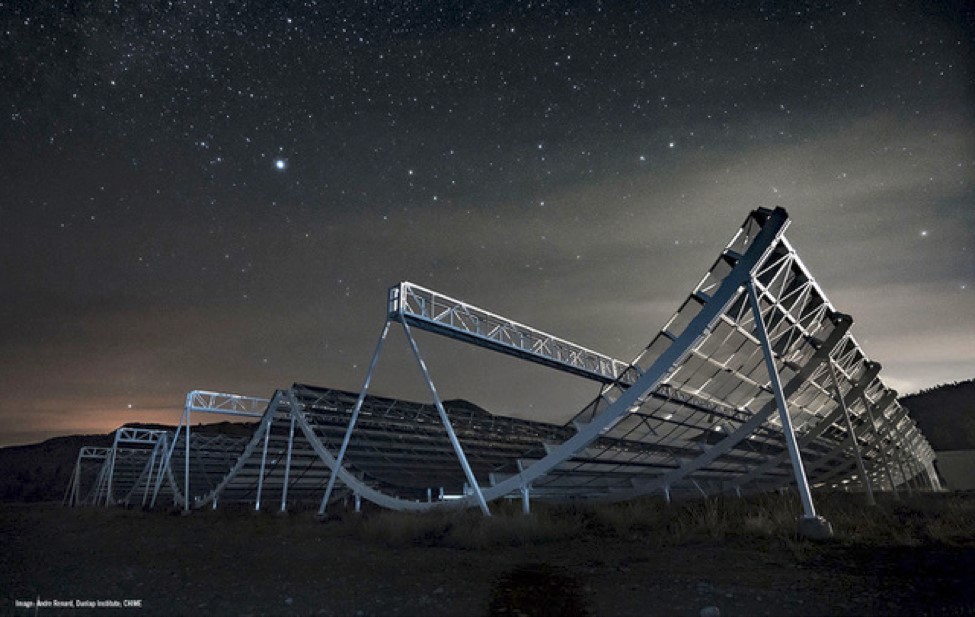
Preferred skills for applicants?
Experience with programming
Time Domain Science with Cosmology Telescopes
Telescopes designed to measure the cosmic microwave background (CMB) in order to probe fundamental cosmology are also provide exciting opportunities for time domain science. This is a very new field in millimetre astronomy and there is lots to explore. For instance, the dataset from the Atacama Cosmology Telescope (pictured) can be used to search for moving objects in the solar system such as the hypothetical ‘Planet 9’, for transient events like gamma ray burst afterglows, for regularly flashing objects like pulsars and magnetars, and for variability of active galactic nuclei. In many cases, observing in the millimetre will tell us important new things about these objects. The next generation CMB experiments, like the Simons Observatory, will yield an order of magnitude more data, and have time domain science as part of their explicit scientific goals. In this project we invite students to explore suh possibilities with us and to think of interesting ways to use CMB datasets for time domain science. The project can be tailored based on the student’s interests and will likely involve coding in python and doing analysis of time stream data.
This project will be supervised by Prof. Adam Hincks and Dr. Yilun Guan.
Preferred skills for applicants?
Experience coding with Python is an asset

Photonic Adaptive Optics
The project concerns designing, implementing, and testing a photonic chip that can efficiently couple the light distorted by atmospheric turbulence into a single-mode fiber. In an adaptive optics system, the phase corrector acts as a deformable mirror commanded by a controller that takes phase measurements from a wavefront sensor.
This project will be supervised by Dr. Momen Diab and Prof. Suresh Sivanandam.
Preferred skills for applicants?
1. Programming skills, 2. Have worked on optical setups; Previous research experience preferred
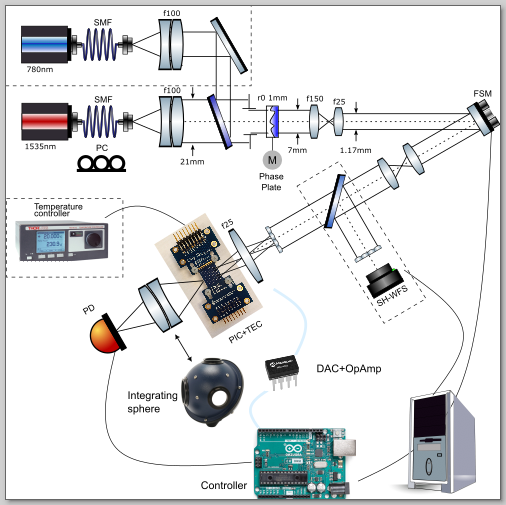
Building Next Generation Cosmology Telescopes in Software
Upcoming cosmology experiments require lots of innovative software to coordinate observations, manage data collection and process and understand the data. The Simons Observatory (SO) will be a multi-telescope observatory in Chile for creating large and very sensitive maps of the cosmic microwave background to probe for inflation, measure the total mass of the three neutrino species, study the growth of structure, and much more. The Hydrogen Intensity and Real-Time Analysis eXperiment (HIRAX) will be an array of 1024 six-metre radio dishes in South Africa that will use intensity mapping to make huge, 3D maps of the universe between z = 0.8 and 2.5 in order to study dark energy and characterise pulsars and fast radio bursts (FRB’s). SO is currently being deployed and HIRAX will be deployed in 2023.
There are various opportunities for summer research to contribute to the development of software for collecting, processing and understanding the data on either one of these experiments. The project can be tailored based on the applicant’s interests coupled with the needs of the experiment and will involve coding, typically in Python, but potentially also using JavaScript frameworks like React. The ideal candidate will have programming experience, and the position also offers the opportunity to develop these software skills, which are increasingly important for astrophysics research.
More information on SO and HIRAX is linked from my webpage: https://www.astro.utoronto.ca/~ahincks/
This project will be supervised by Prof. Adam Hincks.
Essential skills for applicants?
Some familiarity with Python; knowledge of other languages, such as JavaScript frameworks like React is an asset.

Hunting for faint Milky Way satellites in the distant halo
The distant halo of our Galaxy contains key information to reconstruct its formation and evolution and it is thought to have formed from the disruption of comparatively small stellar systems. RR Lyrae stars are old and metal-poor variable stars that can be used as precise distance indicators and have proven to be useful tracers of substructures in the distant halo. More specifically, RR Lyrae stars are important for the characterization of the building blocks of our Galaxy and for the identification of new ultra-faint dwarf galaxies. In the context of the Halo Outskirts With Variable Stars survey (HOWVAST), our team has identified a large number of distant RR Lyrae stars that could be used for this purpose. This project focuses on the search for faint Milky Way satellites using RR Lyrae as tracers of the location and the characterization of these systems. As part of this project, the student will gain insights into the process of data analysis in astronomy, starting with the calibration of data obtained with the Dark Energy Camera at the 4-meter Blanco telescope. The project will continue with the search for overdensities that could be associated with known or previously undiscovered Milky Way substructures in the deep coadded frames of HOWVAST. The models used to search for overdensities will then be compared with others previously used in the literature and will be important to shed light on the origin of our Galaxy’s halo and the role of RR Lyrae stars as satellite tracers. This project will involve the development of statistical tools and computational techniques to be adapted for their use on larger datasets, either for ongoing observational campaigns or for future large-scale surveys.
This project will be supervised by Dr. Gustavo Medina.
Preferred skills for applicants?
Coding experience preferred; Great for students new to research
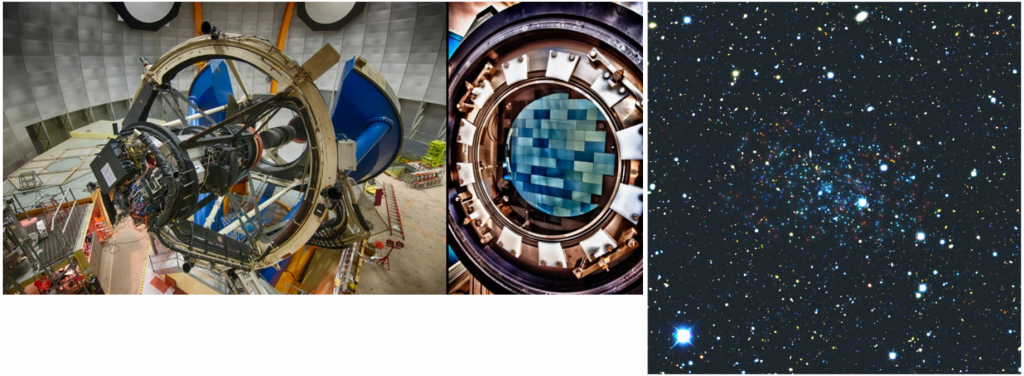
Image credit: The Dark Energy Camera, R. Hahn (left); Eridanus II, V. Belokurov & S. Koposov (right).
Learning in the Deep with Globular Clusters
This project will be supervised by Prof. Jeremy Webb.
Preferred skills for applicants?
Coding experience preferred; Great for students new to research
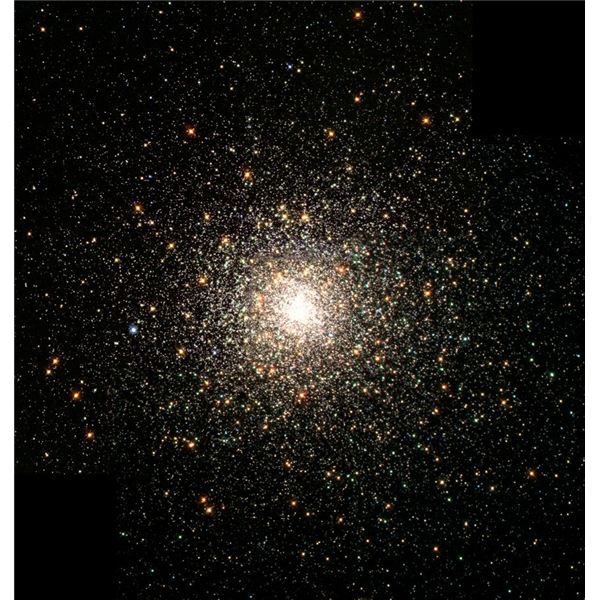
Probing the Milky Way potential with hypervelocity stars
Following a dynamical encounter with the supermassive black hole in the heart of the Milky Way, stars can be flung out from the Galactic Centre with velocities of up to ~2000 km/s, fast enough to escape the Galaxy entirely. On their journeys from the core of the Galaxy to deep intergalactic space, these “hypervelocity stars” (HVSs) are decelerated and deflected by the Milky Way gravitational potential. The velocities of HVSs can therefore be used to provide valuable insight into the still-uncertain size, mass and shape of the dark matter halo of the Milky Way. This project will involve using Python code to create realistic “fake” populations of HVSs. Depending on interest, the student can investigate some (or all!) of the following questions: What kind of constraints can we obtain on the Milky Way dark matter halo? How do these constraints depend on the number of HVSs we use as probes and the observational errors on their velocities? In practice, do we need precise knowledge of time-varying components of the Galactic potential (e.g. the central bar, spiral arms, the LMC) to obtain these constraints? Which observing strategies would be most effective for finding useful HVSs? Can HVSs be used to constrain models of modified gravity?
This project will be supervised by Dr. Fraser Evans (DADDAA) and Prof. Jo Bovy.
Preferred skills for applicants?
Experience in Python.
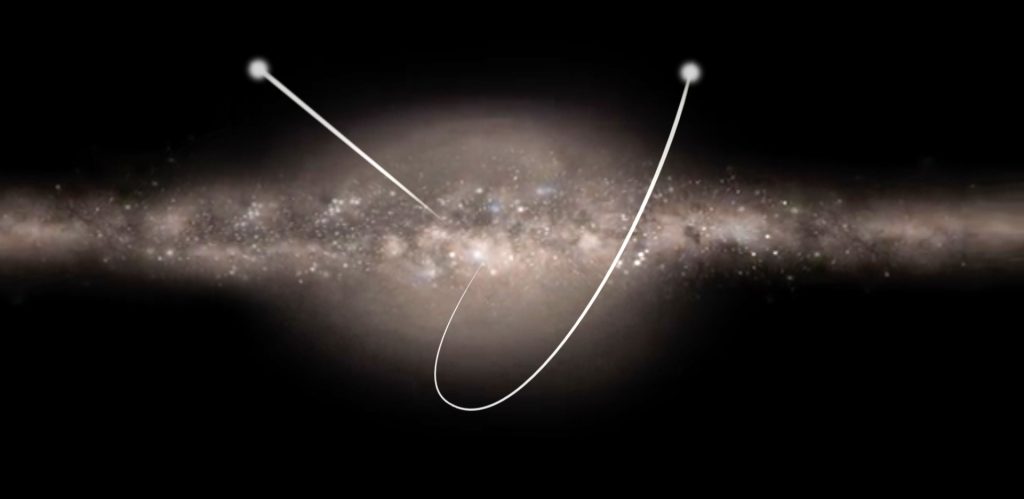
(Image credit: ESA)
Random Effect Models in Astronomical Data
The idea is to explore how the introduction of a random effect model for data inference could affect the discrimination of an astronomy model.
This project will be supervised by Antonio Herrera Martin, DADDAA.
Preferred skills for applicants?
Programming, statistical inference
Supernovae studies have been central in moving modern astronomy forward, which is best described as “seeding the elements and measuring the Universe.” Young supernovae that are detected within a few hours from the explosion are of particular interest and importance since they have crucial information for how supernovae explode. Using the KMTNet facility, which provides 24-hour continuous sky coverage with three wide-field telescopes in southern hemisphere, we have detecting elusive infant-phase young supernovae as well as peculiar optical transients previously unidentified. This project is to study these objects in order to understand their nature and origins.
This project will be supervised by Prof. Dae-Sik Moon.
Essential skills for applicants?
Basic coding capabilities
Unraveling the Radiative Properties of the Interstellar Medium
A comprehensive 3D map of the properties of dust can serve as a great probe for the interstellar medium (ISM), as well as the radiation field of the galaxy, which plays a critical role in many applications, including physics of the galactic magnetic fields, polarization measurements, modeling of the diffuse Galactic gamma-ray emission, and star formation.
Previous work has combined existing 3D maps of the reddening (-> density) of the dust in the ISM, with emission observed by Planck and IRAS at five frequency bands, to create a 3D temperature map of the interstellar dust temperature, at resolutions of 27’ (see figure below).
In this project, the student can build on the 3D dust temperature map to explore potential applications: models of galactic magnetic field, polarization maps, correlations with star forming regions with other data catalogs (ex:star datasets like Gaia), as well as other ideas. Resolution matching will likely play a role in determining the feasibility of the application.
The student will gain theoretical, data analysis, statistics and programming knowledge. Project details can change to match the students skills and interests.
This project will be supervised by Dr. Ioana Zelko (CITA).
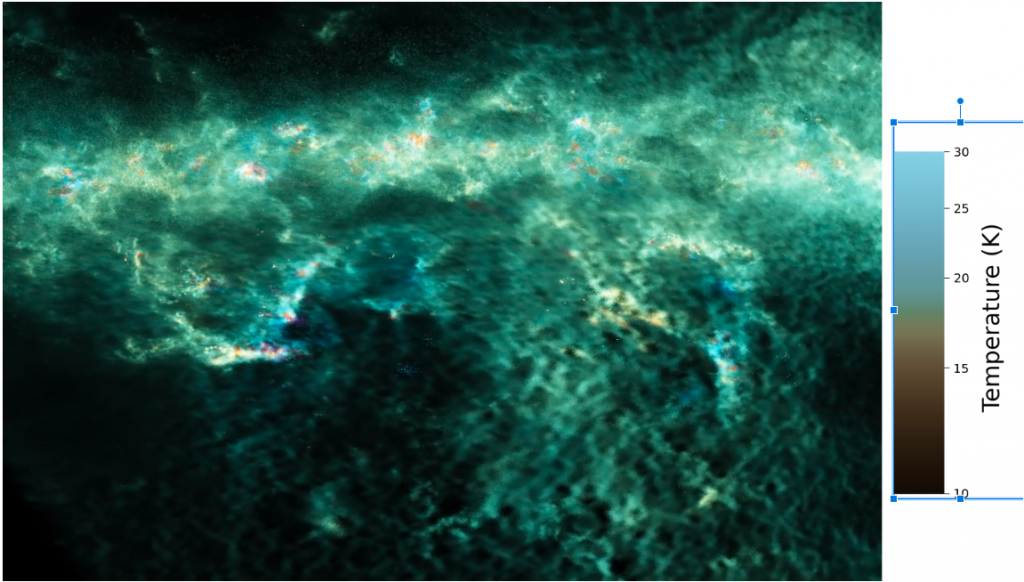
3D visualizations of the 27′ resolution map of the temperature of galactic dust and its density. Perspective shown in the galactic plane towards the anti-center (180◦ galactic longitude), towards the Orion, Taurus, Perseus, and California clouds.
A Broadband Study of Resolved Galaxies with Complex Polarisation Behaviours
A recent broadband polarisation study of two radio galaxies, namely: Cygnus A and Hydra A, reveals complex polarisation structures. The data suggests that most of the complex polarisation behaviours are due to turbulent magnetic fields in the ambient cluster gas. There is also a possibility that some effects originate within the radio emission within the radio galaxies. It is not apparent whether these behaviours are unique for the two radio galaxies or whether they are common to other radio galaxies. With the advent of new sky radio surveys, we expect to detect polarised emissions from thousands of radio galaxies. The continuous large bandwidth associated with the new observing radio telescopes also provides an opportunity to probe depolarisation behaviour in great detail. In this project, the student will study the polarisation characteristics of two sets of radio galaxy populations i) resolved radio galaxies showing interesting polarisation behaviours, ii) and resolved radio galaxies with no depolarisation/structures. The goal is to investigate commonalities and differences between these two populations. Also, to compare them to Cygnus A and Hydra A. This has the potential to tell us about the nature of the magnetic fields associated with the different radio galaxy populations and environments. The study will utilise the pilot data from the Australian Square Kilometre Array Pathfinder (ASKAP) – POSSUM.
This project will be supervised by Dr. Lerato Sebokolodi (Dunlap Fellow).
Essential skills for applicants?
Python Coding
Using machine learning to accelerate the search for dark matter in cosmological data
Overwhelming evidence, from the Universe’s first light (cosmic microwave background) to the Milky Way, shows that most of the Universe’s mass is invisible dark matter. One of the most pressing challenges in cosmology is identifying the fundamental constituents of dark matter. We are about to enter a new observational era where we will be able to answer long-standing questions about the nature of dark matter. However, the theoretical modelling of these observations that is required can be prohibitively computationally expensive. In this project, the student researcher will develop a machine learning (ML) alternative to the modelling to make future analyses possible. Depending on the interests of the student, they can (i) investigate the most effective ML algorithms (e.g., neural networks, normalising flows, Bayesian optimisation); (ii) make forecasts for the constraining power of future observations; (iii) use the method to analyse current cosmological data; or any combination of the above.
The project will involve coding in Python and the use of popular scientific machine learning packages (e.g., scikit-learn, GPy, Tensorflow). The student will develop the full range of skills required for the data-focussed astrophysicist, in scientific coding, the use of machine learning packages and the analysis of astronomical data and simulations; with the focus matched to the student’s interests.
This project will be supervised by Keir Rogers (Dunlap Fellow).
Essential skills for applicants?
Python Coding
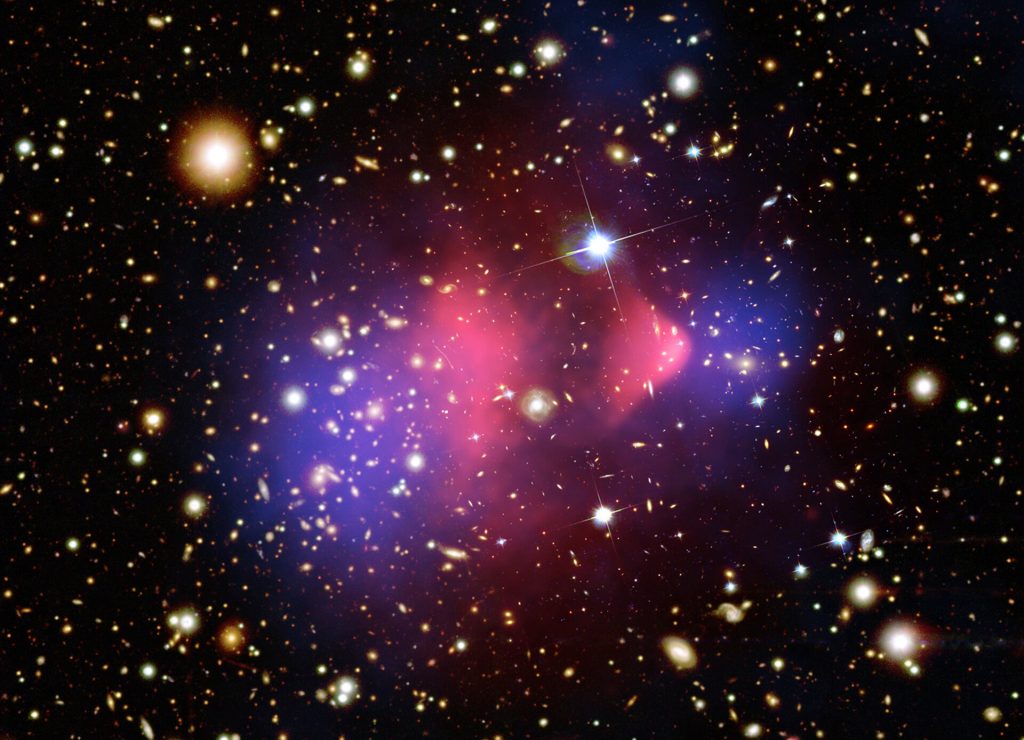
Composition of Super-Earths as a Gateway to Understanding Planet Formation
We do not know what sets the composition of a planet. With only the Solar System, our planet formation theories were considerably biased, but with the advent of exoplanets we have data to deepen our understanding. One of the first questions to answer is whether or not the rocky component of planets is similar to the rocky component of stars. While it has been assumed for the Terrestrial Planets, and it is seen for Earth, it does not apply to Mercury. It is unclear if it applies generally. Thankfully with exoplanets we have are beginning to have the data to solve this first order question. In this project you will use data for rocky exoplanets and obtain their composition with an internal structure model, and compare it to that of the stars.
This project will be supervised by Prof. Diana Valencia.
Essential skills for applicants?
Computational Skills and Physical Knowledge; previous research rxperience preferred
Explore the Milky Way Halo with DESI
Dark Energy Spectroscopic Instrument (https://www.desi.lbl.gov/) is one of the largest ongoing spectroscopic surveys. The Milky Way Survey in DESI will collect spectra of over 10 million stars in its 5-year survey, started in 2021. The student will explore on this rich dataset to study the Milky Way halo, in particularly, globular clusters, dwarf galaxies and stellar streams observed with DESI. For more details, please look at this overview paper and the science case described (arXiv:2208.08514).
This project will be supervised by Prof. Ting Li.
Essential skills for applicants?
Python Programming
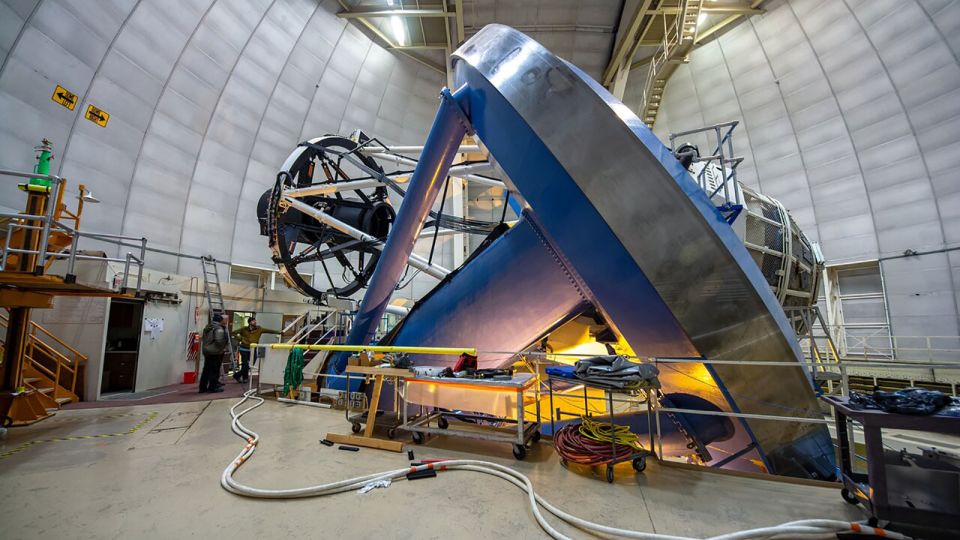
Galactic Archaeology with Star Clusters and Streams
The Milky Way offers us a unique window to understand how galaxies evolve by studying its formation, evolution, and structure on a star-by-star basis. Some of the most exciting “living fossils” we see in the Milky Way include open clusters (young), globular clusters (old) and stellar streams (disrupted clusters and dwarf galaxies). This project will involve using a combination of statistical modelling, machine learning, stellar evolution, and dynamics to try and develop a robust approach to estimate ages for some of these structures.
The project will be supervised by Prof. Josh Speagle, and possibly with Prof. Jeremy Webb and/or Prof. Ting Li
Essential skills for applicants?
Some exposure to statistics and/or machine learning (or a strong desire to learn); previous research experience preferred
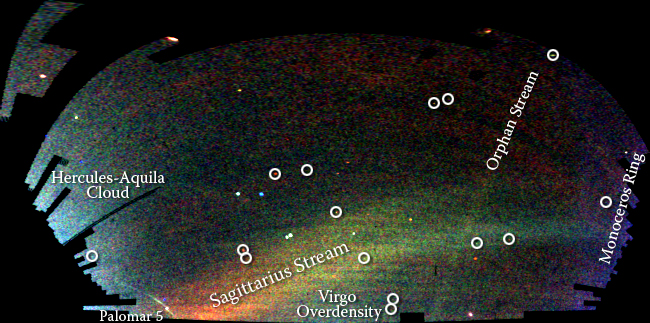
Characterizing Milky Way Analogues in Observations and Cosmological Simulations
Figuring out what our own Milky Way Galaxy looks like is complicated by one main factor — we’re stuck inside of it! That means we need to find external galaxies to serve as “analogues” if we want to try and study properties such as our Galaxy’s expected colour, shape, structure, etc. While the most common way to find Milky Way Analogues is by finding other galaxies with similar stellar masses or star formation rates, this project will try to explore other possible metrics including merger histories, star formation histories, chemical abundance patterns, and more to see if they can offer any new insights. This project may involve data from cosmological simulations, observations from large extragalactic surveys, or both.
This project will be supervised by Prof. Josh Speagle, DADDAA.
Essential skills for applicants?
Great for students new to research
